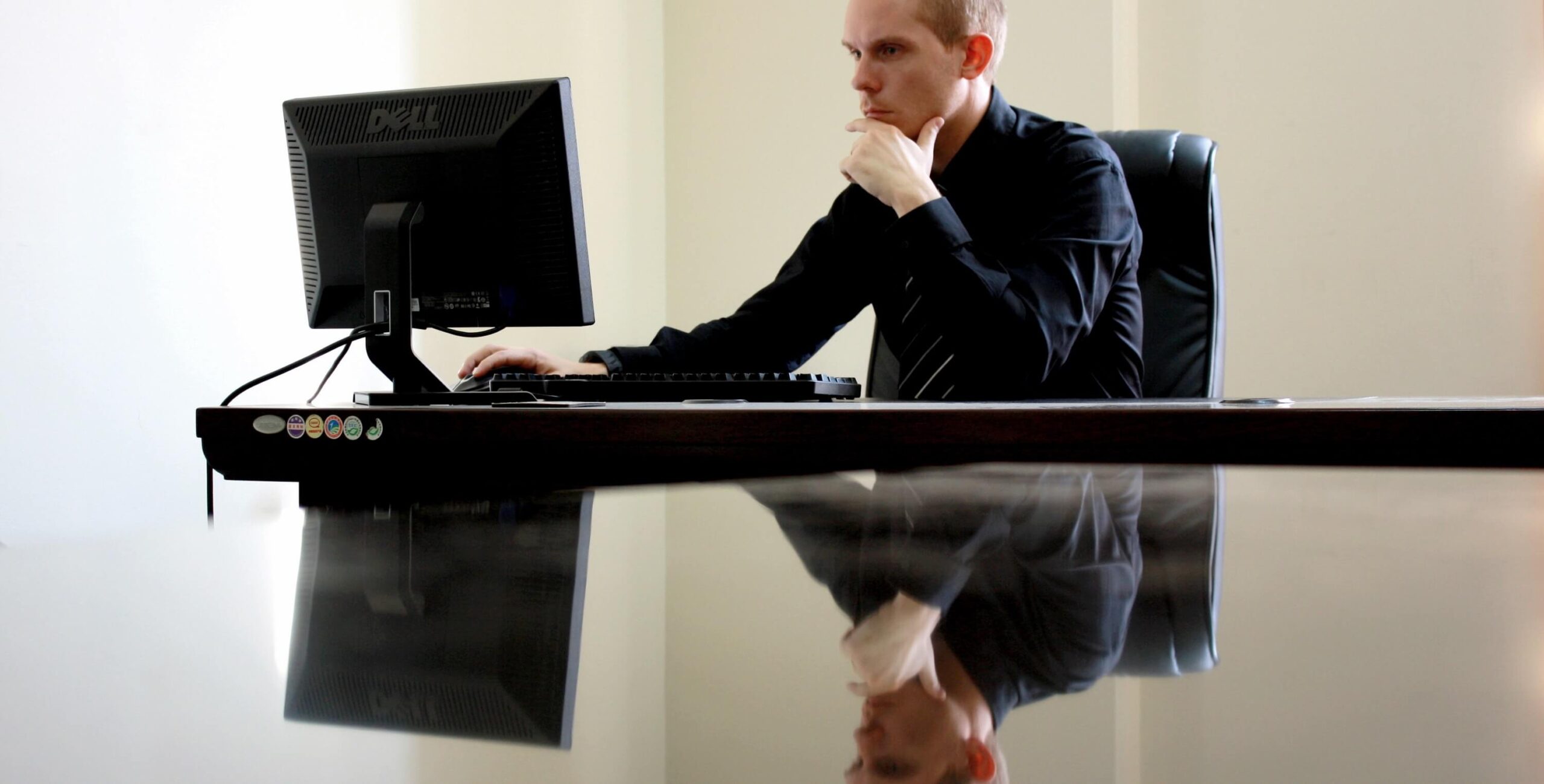Implementing CMMS is an expensive affair and can be quite time consuming. This is why businesses choose to upgrade the existing solution instead of changing to a new one. You must regularly assess the performance of your CMMS app and monitor its efficiency. Regardless of how efficient your solution was in the past, it will lose its effectiveness over time. This in turn affects the productivity and performance of your processes. It is important that you update the CMMS solution when you notice a dip in performance or any of the following signs.
Lack of Visibility
If you don’t have real-time visibility to track the performance and maintenance of your facility and assets, you won’t be able to make informed and quick decisions. This can be highly detrimental for the business. You must invest in a modern CMMS solution if you lack visibility. It tracks and reports on various equipment metrics, such as work order completions, failure codes, parts inventory, etc. Permission based access allows the users to use certain features while blocking access to unnecessary ones. You can easily modify these permissions based on what the user needs.
Mobile Integration
If your present system cannot be integrated with mobile devices, it means you need a change. Using a CMMS compatible with laptops, smartphones or tablets, allows users to get real-time access to data. Maintenance technicians can complete work orders from their mobile devices itself. While a lack of mobile integration, reduces their efficiency as they need to carry clipboards and follow paper-based processes and then manually re-enter data.
Inability to Track Costs
If you run a large maintenance department, you will have to tackle hundreds of work orders that come in, every single month. It would be quite a task trying to keep a track of the labor and materials overrun and other budgets. If you have trouble keeping up with all of that, you need CMMS in your facility. It can help you track the actual costs and labor overruns. Additionally, it also keeps tabs on the duration of maintenance time required for performing certain tasks.
Compliance Issues
If you are constantly facing compliance issues and are unable to keep up with the required regulations, it’s time you implement the asset management software. It helps the maintenance managers ensure –
- Compliance standards are upto the mark
- Current maintenance standards for equipment and facilities are laid down clearly and followed
This helps in minimizing risk by keeping the work environment and equipment reliable. It also helps in preparing for recurring inspections and tests.
Unexpected Equipment Failure
If you experience frequent equipment failure or have been replacing machine parts quite frequently or earlier than expected, you need to change your audit work procedures. Additionally, you must review all the work that has been done. This can simply be done with the CMMS software. It aids you with regular audits and offers accurate information. It would be really challenging to do the same task manually.
Changes that Affect Maintenance
Managing assets manually is easy if you have to handle just a few of them. You can make it work with traditional methods of spreadsheets and filing cabinet. However, if your company grows in the future, there will be more equipment to manage. Even if you have upgraded facilities or new regulatory challenges, in future, the traditional managing techniques won’t be helpful. This is where maintenance management software can help. It handles the smallest and the most challenging tasks with ease. Furthermore, it is scalable and can grow with the company to suit its changing operational needs.





